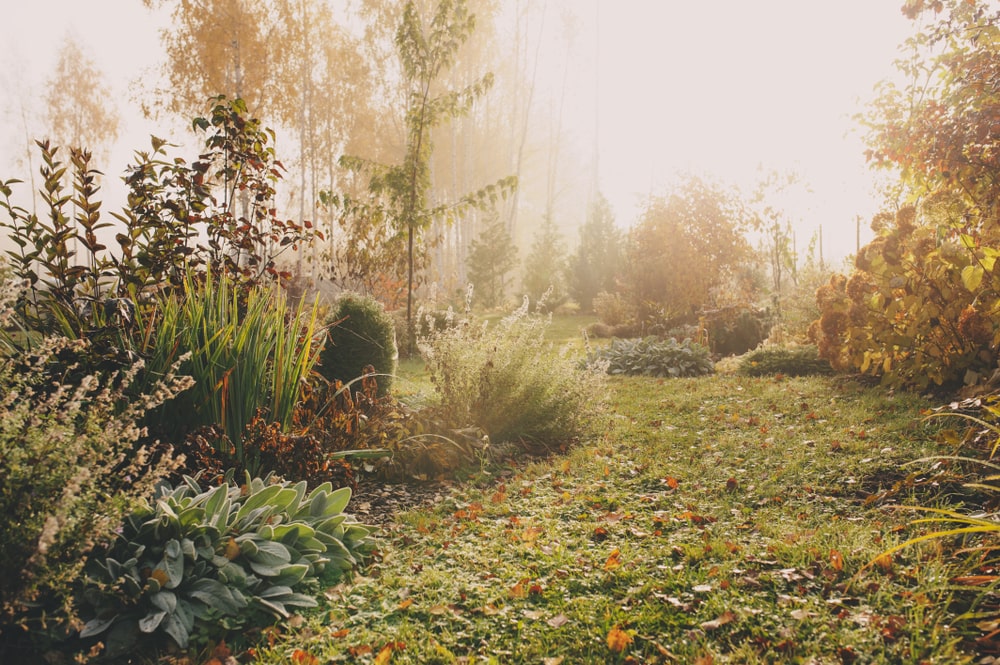I’ve pulled up all my summer veggies and planted a few cool-season veggies like kale, broccoli, and spinach. But the cool season veggies don’t take up as much space as the summer veggies. My second raised bed is going to have nothing in it this winter. Can I do something to ensure my garden is as good—or better—as this past year? Yes!
An Even Better Garden This Coming Year
The first thing I’ll do is get all the weeds and debris out of there. Weeds and debris provide an excellent place for insects to lay eggs and garden diseases to incubate over the winter.
Next, I’ll top dress with a couple of inches of mixed composts and manures. I use a mix because animal-based composts (cow or poultry manures) tend to be higher in nitrogen but don’t have as much carbon as plant-based composts. Carbon is necessary to maintain good soil structure.
How To Balance Plant and Animal Composts
Nitrogen is good, but too much nitrogen can give you a ten-foot-tall tomato with few fruits, so I’ll use twice as much plant compost as animal compost. I’ll also toss a small bag of green sand or dehydrated kelp meal in the mix to add micro-nutrients. I don’t even turn it under—I just let it sit over the winter. Every time it precipitates, it washes some nutrients further into the soil. Earlier in the fall, I could have added a cover crop to grow over the winter, then tilled it under very early spring to enrich the soil, but later in the fall, a cover crop wouldn’t have much time to grow.
Fall and Winter Weekly Checks
Over the fall and winter, I’ll check every week to ensure the garden beds remain debris-free—yes, even fall leaves. Fall leaves are great AFTER they’ve been composted down. I’ll also watch my winter veggies to be sure they stay free of weeds and debris. Anything I can do now is one less chore waiting for me in the spring.
Take Good Care of Garden Tools
Now is also an excellent time to clean my garden tools—even use fine sandpaper on rusted edges, etc. Pruners I’ll take to our Knife Sharpener here at the Greenhouse (on Thursdays between 10 and 2 at our Farmers Market), so they’ll be nice and sharp when I pull them out in February to prune my roses.
Stop by the Great Big Greenhouse if you have any questions. We’re always happy to talk gardening!

